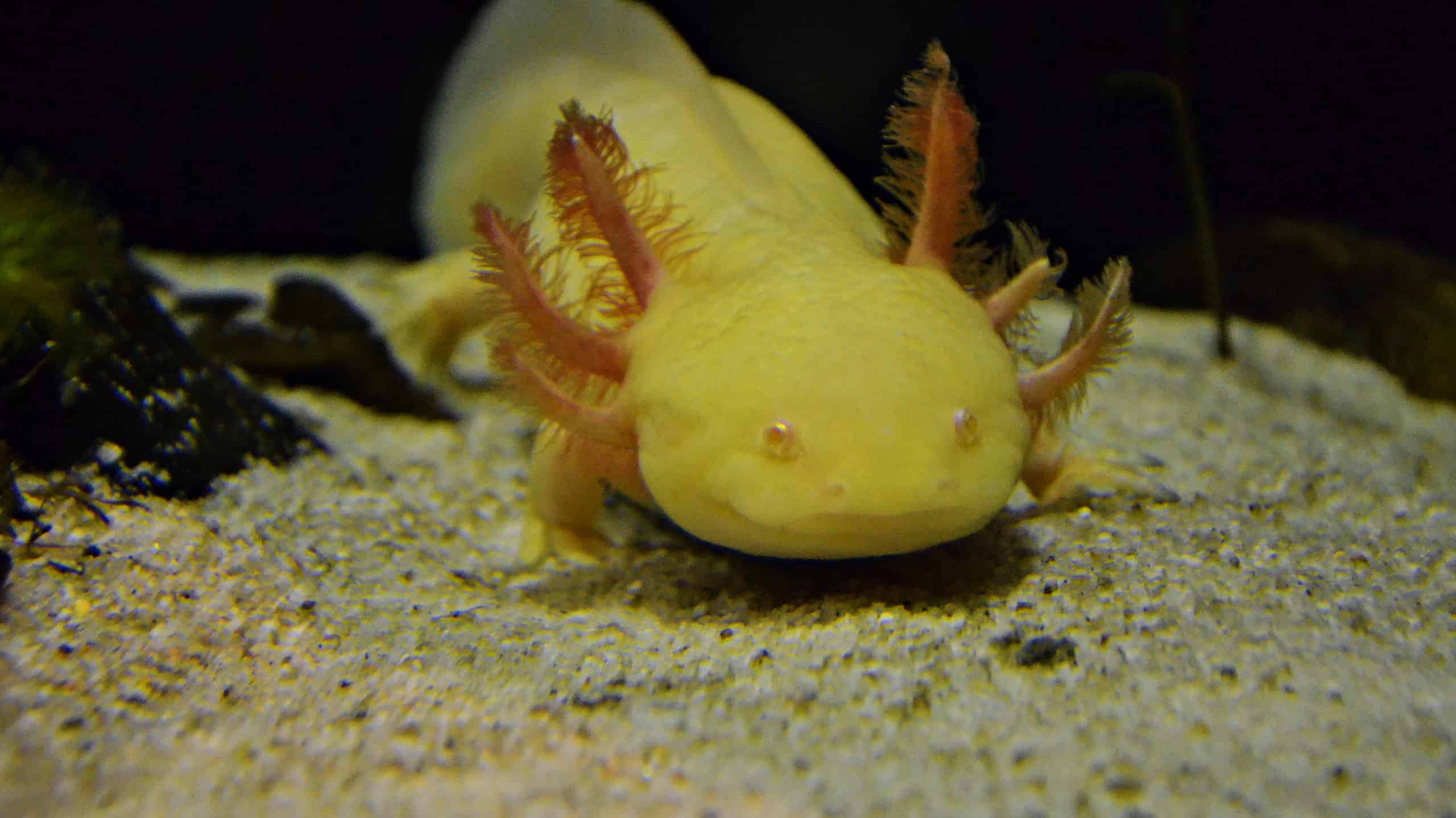Rare Disorder Demonic Faces- A Different View
Imagine waking up one day and seeing the faces of everyone you know, even those you love, suddenly transformed into something out of a nightmare. This isn't a scene from a horror film, but a lived reality for some people, a truly perplexing and rather rare condition that changes how human faces appear. It's a visual distortion, a peculiar trick of the brain that makes ordinary features seem, well, quite different, sometimes even like something unsettling or, for some, what they describe as "demonic."
This unusual way of seeing things is a real neurological occurrence, something that affects how the brain processes facial information. For those who experience it, the world around them takes on a very changed appearance, especially when it comes to people's expressions. It's not about imagining things; it's about how their vision actually interprets what's right in front of them, a very personal and often isolating experience, you know?
It's a condition that has only recently begun to get more attention, thanks to specific cases coming to light and new studies helping us to, in a way, get a better grasp of what's happening. This particular visual challenge, which can make faces appear stretched, grooved, or altered in color and texture, really does shine a light on just how complex our brains are and how our perception can be so uniquely individual, almost surprisingly so.
Table of Contents
- Victor Sharrah- A Glimpse into a Unique Perspective
- What is This Rare Disorder Demonic Faces Condition?
- How Does Prosopometamorphopsia Affect Someone's Daily Life?
- The Visual Distortions of Demonic Faces- A Closer Look
- The Rarity of This Condition- Why So Few Cases?
- Is There Any Way to Understand These Demonic Faces Better?
- The Research Behind Seeing Demonic Faces- What We Know So Far
- Living with a Rare Disorder- Finding Ways to Cope
Victor Sharrah- A Glimpse into a Unique Perspective
Victor Sharrah, who is 59 years old, has a very particular story to tell about how he sees the world. For the first 55 years of his life, his vision was, you know, perfectly normal. He saw faces just like anyone else would. But then, about four years ago, something rather sudden happened. His perception of human faces changed in a really dramatic way, transforming them into something he describes as "demonic." This sudden shift in his visual experience has put a spotlight on a condition that few people have ever heard of, which is called prosopometamorphopsia, or PMO for short. It's a very striking example of how our senses can sometimes present us with an entirely different reality, you know?
His experience has been a really important part of new research, helping experts to, in a way, get a clearer picture of what this condition is all about. The way he sees faces, with features stretched and distorted, offers a very personal look into the challenges someone faces when their vision works in such an unusual manner. It's a truly compelling case that has helped bring this very rare disorder into public awareness, which is actually quite significant.
Personal Details- Victor Sharrah
| Detail | Information |
|---|---|
| Age | 59 |
| Condition Onset | Approximately 4 years ago (around age 55) |
| Location | Clarksville, Tennessee |
| Disorder | Prosopometamorphopsia (PMO), also called Demon Face Syndrome |
| Visual Experience | Sees human faces as distorted, sometimes described as "demonic" |
| Previous Vision | Normal for the first 55 years of his life |
What is This Rare Disorder Demonic Faces Condition?
This condition, prosopometamorphopsia, or PMO, is a truly fascinating neurological disorder that changes how a person perceives faces. It's not that they are imagining things, or that they are hallucinating in the traditional sense; rather, their brain processes the visual information from faces in a way that makes them appear altered. For someone with this particular disorder, faces can look distorted in shape, size, texture, or even color, which is really quite a lot to take in. It's a very specific kind of visual trick, where the brain, in some respects, seems to rearrange or stretch facial features.
People who experience this have described the effect as being similar to looking into a "funhouse mirror." Imagine seeing someone's eyes stretched out, or their nose appearing much longer than it should be, or perhaps their skin texture seeming rough or strange. This particular kind of visual change is what gives rise to the descriptions of "demonic faces," as the distortions can make familiar features appear quite unsettling and, you know, almost otherworldly. It's a very personal and often unsettling experience, as a matter of fact, because it affects how they see the very people around them.
This unique visual problem is something that affects the brain's ability to recognize and process faces accurately. It's a very specific kind of perception alteration, rather than a general problem with vision. The individual's eyes might be working perfectly fine, but the way their brain interprets the visual input from faces is what is different. It's a bit like a computer program running a filter over images of faces, but this filter is happening in the person's own mind, which is actually quite an interesting thought.
How Does Prosopometamorphopsia Affect Someone's Daily Life?
Living with a condition that makes faces appear distorted, sometimes even unsettling, can have a really big impact on a person's everyday existence. Think about it: our social interactions depend so much on recognizing and interpreting faces. When those faces look like something out of a different reality, it can make simple conversations or even just being around people a lot more challenging. It's a situation that can lead to feelings of isolation or confusion, you know, because the world suddenly looks so different.
For someone with this kind of visual alteration, meeting new people or even just seeing family and friends can be a very different experience. The emotional toll can be significant, as they might struggle to connect with others when their appearance is so drastically changed in their eyes. It's not just about seeing odd shapes; it's about how those odd shapes affect their ability to relate to the people who are important in their lives. This can be, in a way, a very heavy burden to carry, especially when so few people even know about this condition.
The condition also presents unique challenges for daily activities that involve face recognition, such as watching television, looking at photos, or even just walking down the street. Every face they encounter could be subject to these distortions, making the world a very unpredictable visual place. It really does highlight how much we rely on consistent facial recognition for so many aspects of our lives, and how disruptive it can be when that consistency is, you know, suddenly gone.
The Visual Distortions of Demonic Faces- A Closer Look
When people with this condition describe what they see, the details can be quite vivid and, frankly, a bit unsettling. Victor Sharrah, for example, has mentioned that the faces he sees have ears, noses, and mouths that appear stretched back, almost as if they've been pulled. He also describes seeing deep grooves in their skin, which adds another layer of distortion to the features. This isn't just a slight blur or a minor change; it's a very significant alteration of the entire facial structure, you know?
Other accounts from people experiencing this rare disorder talk about skin texture changing, perhaps appearing rougher or smoother than it should be. Sometimes, eyes or noses seem to be stretched or elongated, creating a very surreal and, in some cases, almost grotesque image. It's like the features are being pulled and twisted, which is why the term "demonic faces" has become associated with the condition. It's a very powerful description of a truly unusual visual experience, so it is.
These specific visual changes are what make the condition so difficult to, in a way, comprehend for those who don't have it. It's not just a general distortion; it's a very particular kind of alteration that targets facial features. The consistency of these specific types of distortions across different individuals with PMO is what makes it a recognized neurological phenomenon, rather than just a subjective oddity. It really does show how varied and, you know, sometimes strange our perceptions can be.
The Rarity of This Condition- Why So Few Cases?
Prosopometamorphopsia is, without a doubt, a very rare condition. Since 1904, there have been fewer than 100 reported cases of PMO, which is a truly tiny number when you think about it. This extreme rarity makes it quite challenging to study and, in some respects, to even diagnose. When a condition is so uncommon, many medical professionals might not even be aware of its existence, which can lead to delays in recognition and proper support for those affected, you know?
The scarcity of reported cases could be due to several factors. For one, people experiencing these visual distortions might not realize it's a recognized medical condition. They might think they are, in a way, just "seeing things" or that it's a sign of a more serious mental health issue, leading them to not seek help or to feel hesitant about describing their experiences. This lack of awareness, both among the public and within parts of the medical community, can keep the true number of cases from being fully known, so it can.
Another reason for the low number of reported cases could be the difficulty in accurately representing the condition. Until recently, it's been incredibly hard to show what someone with PMO actually sees, making it tough for researchers to communicate the experience effectively. The new study involving Victor Sharrah, which includes images that depict his distortions, is a really big step forward in helping to visualize and, in a way, better understand this unique visual experience. It really does make a difference when you can actually see what someone is describing.
Is There Any Way to Understand These Demonic Faces Better?
Understanding a condition as unique as prosopometamorphopsia requires careful study and, you know, a willingness to look at perception in new ways. The recent study featuring Victor Sharrah's case is a really important step in this direction. Researchers from Dartmouth have been working to analyze his specific experiences, trying to get a clearer picture of how these distortions manifest. This kind of focused attention on individual cases is often how we start to unravel the secrets of very rare disorders, so it is.
One of the key challenges in studying PMO has been, as a matter of fact, finding a way to accurately show what someone with the condition sees. It's one thing to describe a distorted face, but it's another entirely to visually represent it. The Dartmouth study has made progress here by creating images that depict the stretched features and deep grooves that Victor perceives. These visual aids are really helpful because they allow others to, in a way, step into the shoes of someone with PMO and get a sense of their altered reality.
This research helps us to move beyond just anecdotal reports and towards a more scientific understanding of the condition. By carefully documenting and analyzing specific cases like Victor's, scientists can begin to identify patterns, understand the neurological basis, and perhaps, you know, even explore potential ways to help people cope. It's a slow but very important process of discovery, building knowledge one unique experience at a time.
The Research Behind Seeing Demonic Faces- What We Know So Far
The research into PMO, while still in its early stages due to the condition's rarity, has already uncovered some interesting details. For example, some people with prosopometamorphopsia only see distortions in faces viewed in person, but not in faces on a screen or on paper. This is a very particular distinction that Victor Sharrah, for instance, seems to experience, though most people with PMO don't typically make that same difference. This kind of variation suggests that there might be different forms or, you know, subtypes of the condition, which is something researchers are trying to figure out.
The fact that distortions can be consistent for a particular individual, always appearing in the same way, helps researchers to confirm that it's a neurological issue rather than, say, a fleeting hallucination. For Victor, his distortions are always the same, which provides a stable point for study. This consistency, even with the bizarre appearance of the faces, is actually quite telling about the underlying brain processes at play. It really does show that there's a specific pattern to how his brain is, in a way, misinterpreting visual information.
Understanding these unique aspects, like the difference between in-person and screen-based distortions, helps scientists to pinpoint which parts of the brain might be involved and how they are functioning differently. It's a bit like putting together a very complex puzzle, where each new piece of information, no matter how small, helps to reveal the bigger picture of this rare disorder that causes people to see what some describe as demonic faces. This ongoing work is very important for shedding light on a condition that has, for a long time, been largely hidden.
Living with a Rare Disorder- Finding Ways to Cope
For individuals who experience a rare disorder like prosopometamorphopsia, finding ways to cope with their altered perception is, you know, incredibly important. Since the condition is so uncommon, there isn't a widely established set of treatments or support systems in place. This means that those affected often have to develop their own strategies for dealing with the visual changes and the emotional impact that comes with them. It's a situation that requires a lot of personal strength and, in a way, adaptability.
Some people might find comfort in connecting with others who have similar, albeit rare, neurological conditions, even if not specifically PMO. Sharing experiences and strategies for dealing with unusual perceptions can be very helpful. Others might focus on finding ways to reduce the impact of the distortions in their daily lives, perhaps by adjusting how they interact with faces or by focusing on other cues during social interactions. It's a very personal journey of adjustment and, you know, finding what works best for them.
Ultimately, raising awareness about conditions like PMO is a really crucial step. The more people who know about these rare disorders, the more likely it is that individuals experiencing them will be recognized, understood, and perhaps even receive better support. Victor Sharrah's willingness to share his story is a big part of this effort, helping to shine a light on a condition that has, for too long, been almost entirely unknown. It really does make a difference when someone steps forward to share their unique experience, which is very brave.

Rarest Species In The World

Recently Spotted Rare Animals - Business Insider

Rare Axolotl Colours